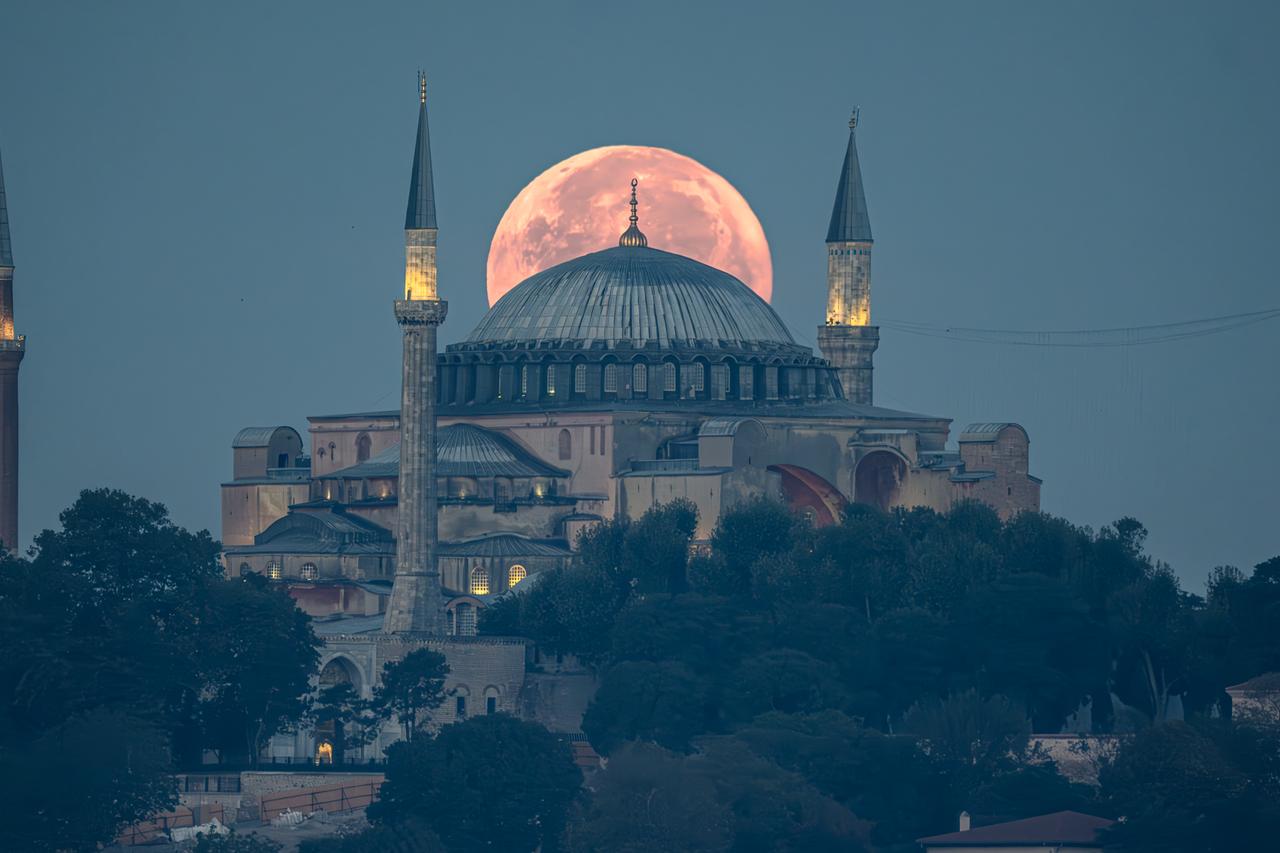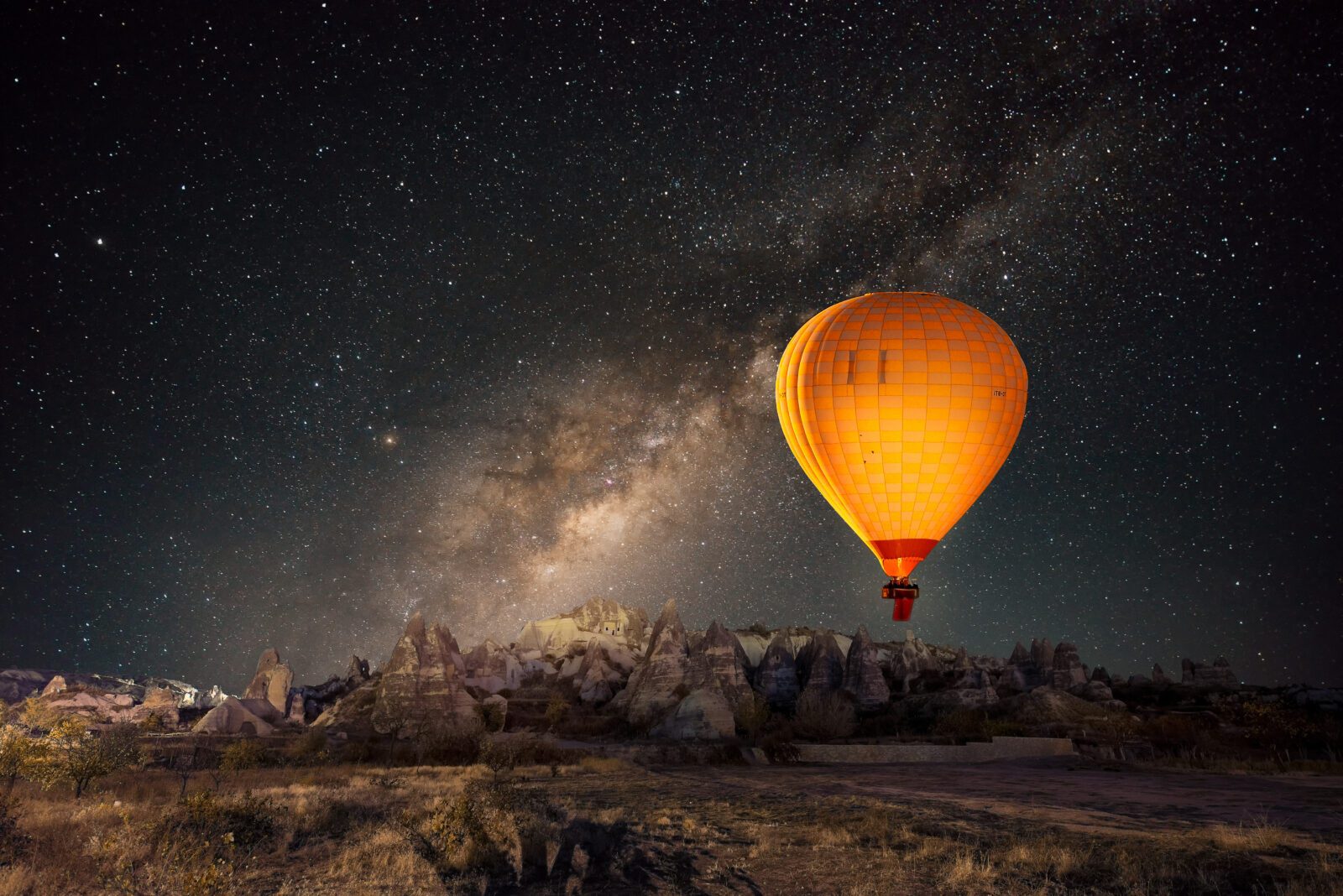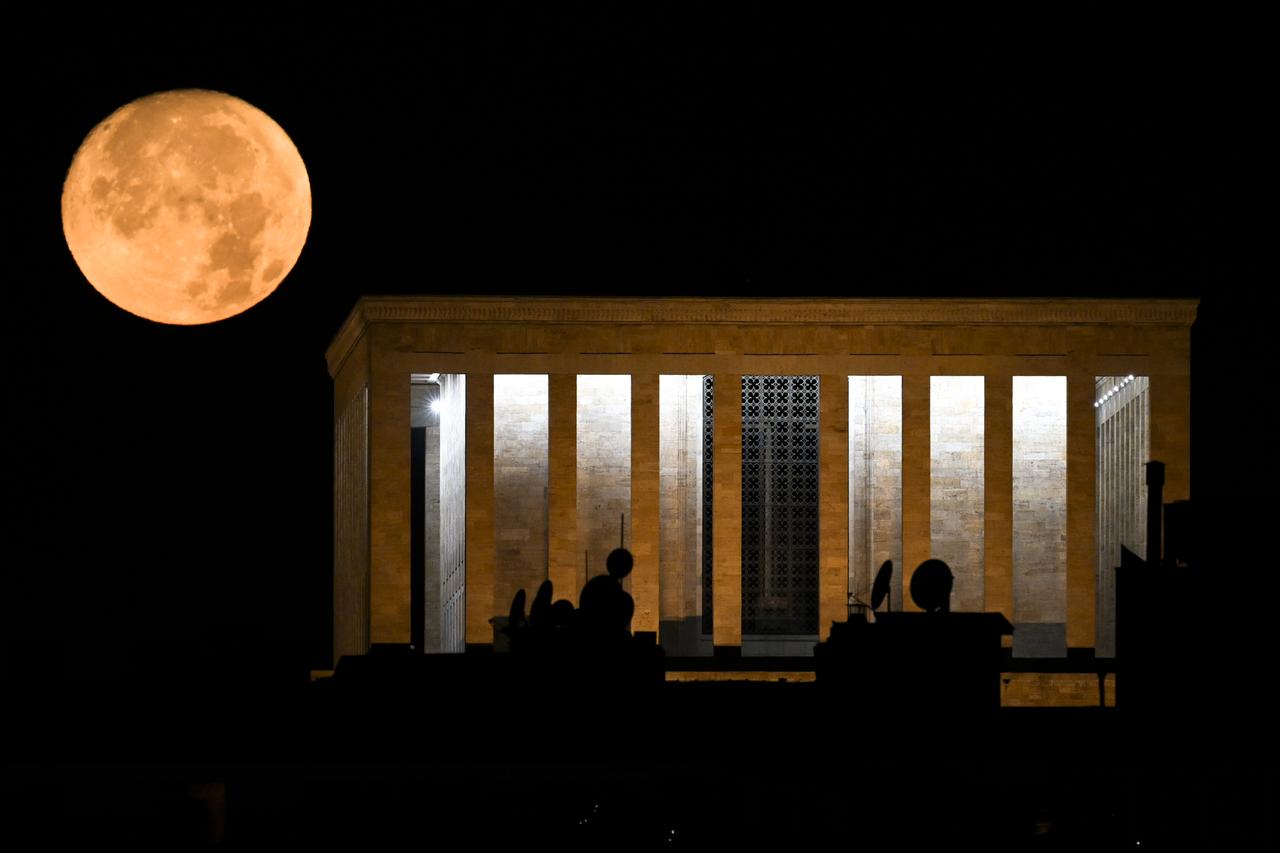
The last full moon of summer will rise over Türkiye this weekend, offering a rare chance to see it at its peak on two consecutive nights.
Known as the Sturgeon Moon, it will officially reach full phase at 10:55 a.m. Türkiye time on Saturday, but will appear full both Friday and Saturday evenings.
In Istanbul, the moon will rise at 8:02 p.m. on Friday, and at 8:31 p.m. on Saturday. It will appear low on the southeastern horizon shortly after sunset, moving across the southern sky before setting in the southwest before dawn.
Clear skies will give observers a chance to witness one of the most accessible and visually striking lunar events of the year.
What makes Sturgeon Moon special in 2025
The Sturgeon Moon is the name traditionally given to August’s full moon.
The term comes from the time of year when sturgeon fish were most plentiful and easiest to catch in North America’s Great Lakes. The name reflects both the seasonal abundance of the fish and its importance as a food source.
Other cultural names for August’s full moon include the Green Corn Moon, Grain Moon, and Red Moon, as well as the Flying Up Moon from the Cree people, marking when young birds take flight, and the Black Cherries Moon from the Assiniboine people, referring to the ripening of cherries.
In the lunar calendar, this is the last full moon of summer in the Northern Hemisphere. For stargazers, it signals the approach of longer, darker nights that allow for better visibility of deep-sky objects. It also anticipates the return of autumn constellations and, in the months ahead, the long nights of winter.

Across Türkiye, the Sturgeon Moon will be visible shortly after sunset on both Aug. 8 and 9. The exact timing will vary depending on location, but the Istanbul times—8:02 p.m. on Friday and 8:31 p.m. on Saturday—give a good indication for other parts of the country.
Because the August full moon lies far south of the celestial equator, it will rise at a shallow angle and remain relatively low in the sky.
This means it will spend less time above the horizon compared to other months. Observers along the Aegean and Mediterranean coasts, as well as in rural inland areas with minimal light pollution, will have optimal viewing conditions.
Globally, the moon will reach peak illumination on Aug. 9 at 3:55 a.m. Eastern Time (7:55 a.m. GMT). Observers in Europe, North America, and Asia will have viewing opportunities both the night before and the night after peak illumination. In New York City, for example, it will rise at 8:03 p.m. ET on Aug. 8 and 8:32 p.m. ET on Aug. 9.

Full moons typically appear at their best for one evening.
However, this year’s August moon offers nearly identical views on two consecutive nights. This is because the difference in rise times between the two days is smaller than usual, around 30 minutes instead of the typical 50.
Observers may also notice the Moon illusion, an optical effect that makes the moon look larger when it is low on the horizon. Scientists attribute this to visual perspective, with nearby objects like trees or buildings making the moon appear bigger than when it is higher in the sky.
Atmospheric scattering during moonrise can also give the lunar disk a yellow or orange hue. This happens because shorter blue wavelengths are scattered by the atmosphere, while longer red and orange wavelengths pass through to the observer’s eye.

While the brightness of a full moon can wash out many surface details, it is still a good time to observe certain features.
Lunar rays, which are bright streaks formed by material ejected from ancient impacts, are most visible during a full moon. The Tycho and Copernicus craters are among the most famous examples.
The Sturgeon Moon also begins a sequence of planetary alignments in August.

The peak of the Perseid meteor shower will occur on Aug. 12–13, just days after the Sturgeon Moon.
The bright moonlight will make it difficult to see all but the brightest meteors, but there is still a chance to spot bright fireballs. The Southern Delta Aquariids and Alpha Capricornids, which peaked earlier in August, will also continue to produce occasional meteors.
After the Sturgeon Moon, the next full moon will be the Corn Moon on Sept. 7. This will coincide with a total lunar eclipse visible in parts of Europe, Asia, Africa, and Australia. The eclipse will cause the moon to take on a reddish hue for over an hour.
Later in the year, October, November, and December will each feature a supermoon, when the full moon coincides with its closest approach to Earth, making it appear larger and brighter than usual.
The Sturgeon Moon’s rare two-night appearance, low horizon rise, and connection to a series of planetary alignments make it one of the standout lunar events of 2025.